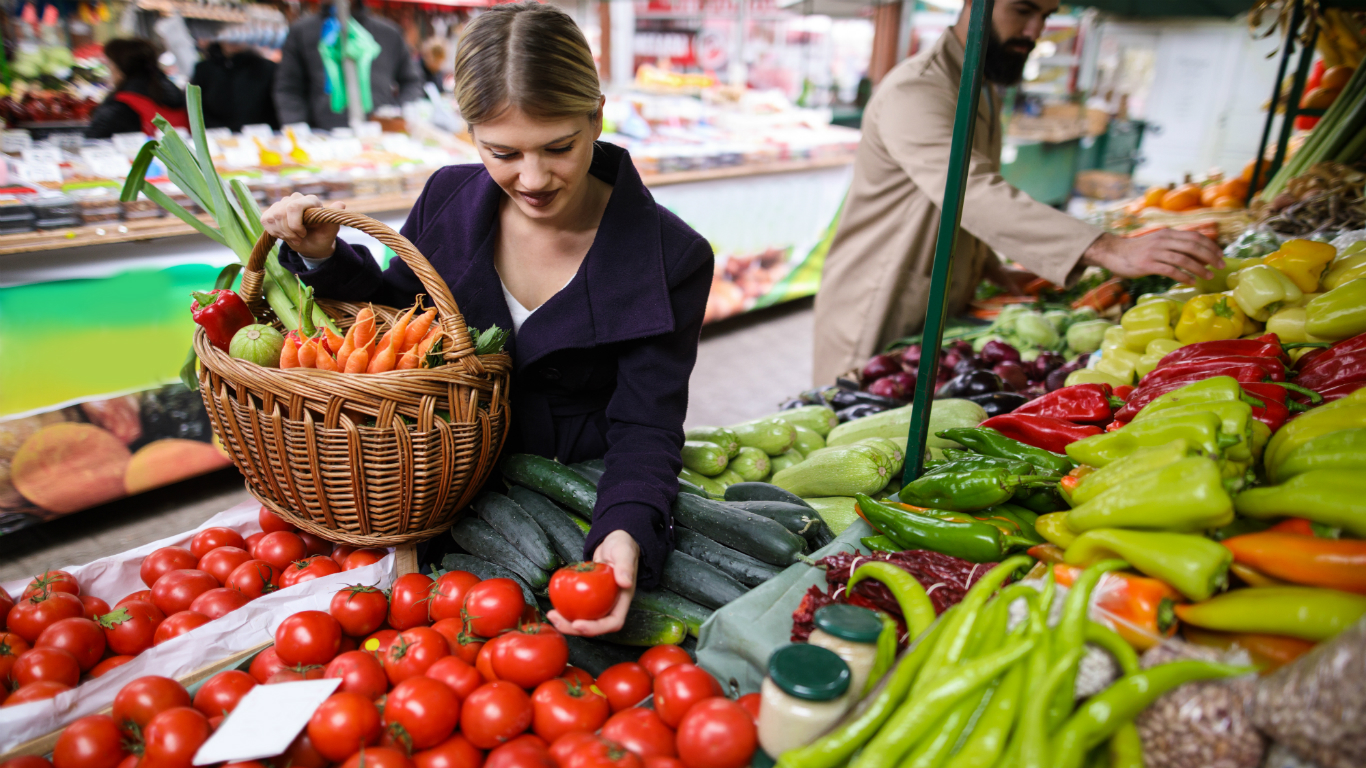Companies and Brands
Tomato Prices Could More Than Triple Later This Year

Published:
Last Updated:

According to an analysis just conducted by economists at Arizona State University, the prices Americans pay for tomatoes this coming winter could rise by anywhere from 40% to as much as 86%.
The U.S. Department of Commerce has announced that America will be formally withdrawing from the Tomato Suspension Agreement — which regulates tomato imports from Mexico, a major supplier — on May 7. The withdrawal will be accompanied by the imposition of import duties on the fruit.
According to Dr. Timothy J. Richards, the Morrison Chair of Agribusiness at ASU, “tariffs levied on imports of fresh produce from Mexico are borne disproportionately by U.S. consumers.”
While Richards predicts an average rise of 40% in prices if the supply of tomatoes lessens, especially during the winter season, a much higher increase is possible under some conditions. Domestic crops during the winter are susceptible to plant disease, frost, and freezes. In a scenario that saw a 50% reduction in Mexican imports and a simultaneous 80% reduction in U.S. production, according to the Arizona study, vine ripe tomatoes could soar from $2.32 to $4.32 a pound — a price increase of 86%.
Lance Jungmeyer, president of the Fresh Produce Association of the Americas, which represents more than 120 U.S. companies that distribute Mexican produce in the U.S., notes that “[W]ithdrawing from the Tomato Suspension Agreement will cost American consumers substantially more for a product that has become a major part of their daily diets.” So, even though right now they are not, tomatoes could become one of the foods that typically drive up food bills.
Those who eat a lot of salads and pasta dishes will likely be the most affected by the higher prices — though luckily there are plenty of great pasta sauces that aren’t made with tomatoes.
Thank you for reading! Have some feedback for us?
Contact the 24/7 Wall St. editorial team.